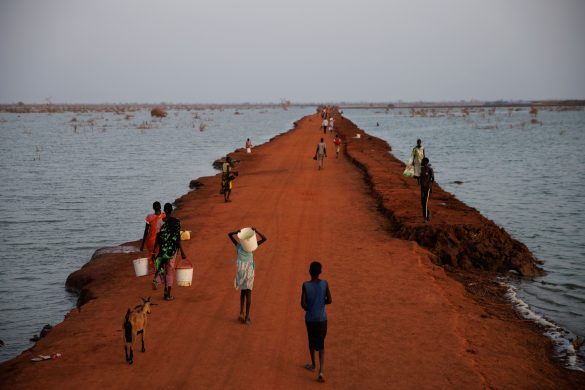Efter at internationale bestræbelser på minerydning nåede sit hidtidige højdepunkt i 2010, er donorstøtte til mineofre stagneret. Samtidig benytter flere lande landminer i deres forsvar end tidligere.
Det fremgår af en statusrapport udfærdiget af organisationen “The International Campaign to Ban Mines”.
Rapporten er blevet fremlagt på den igangværende konference i Phnom Penh mellem de lande, der har tilsluttet sig den internationale konvention, der forbyder brug af landminer – Ottowa konventionen, skriver IRIN News.
“The movement has come a long way over the past 20 years in stigmatizing landmine use and creating an international mine ban norm, even among non-signatories… but the way ahead is still long”, said Kasia Derlicka, director of the International Campaign To Ban Landmines.
From contamination to clearance, highlights from the meeting and the Landmine Monitor 2011 report include:
A total of 159 governments – 80 percent of the world’s nations – have signed the 1997 Mine Ban Treaty. Finland is the newest signatory as of 28 November. Thirty-seven states, including China and the United States, have not joined.
Landmine action attracted record monies in 2010 – US$637 million – but the percentage allocated to survivor assistance has stagnated over the past decade at 9 percent;
Annual total clearance of mined areas reached a record high in 2010 – at least 200sqkm – resulting in the destruction of more than 388,000 anti-personnel mines and over 27,000 anti-vehicle mines, mostly in Afghanistan, Cambodia, Croatia, Iraq and Sri Lanka;
Israel, Libya and Myanmar have laid antipersonnel mines thus far in 2011. Syria laid new mines along the Lebanese border in October 2011, after the Landmine Monitor 2011 report went to print. None of these countries has joined the treaty;
Non-state armed groups in Afghanistan, Colombia, Myanmar and Pakistan laid new mines in 2010 – down from six countries in 2009.














